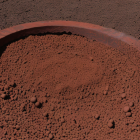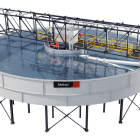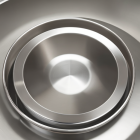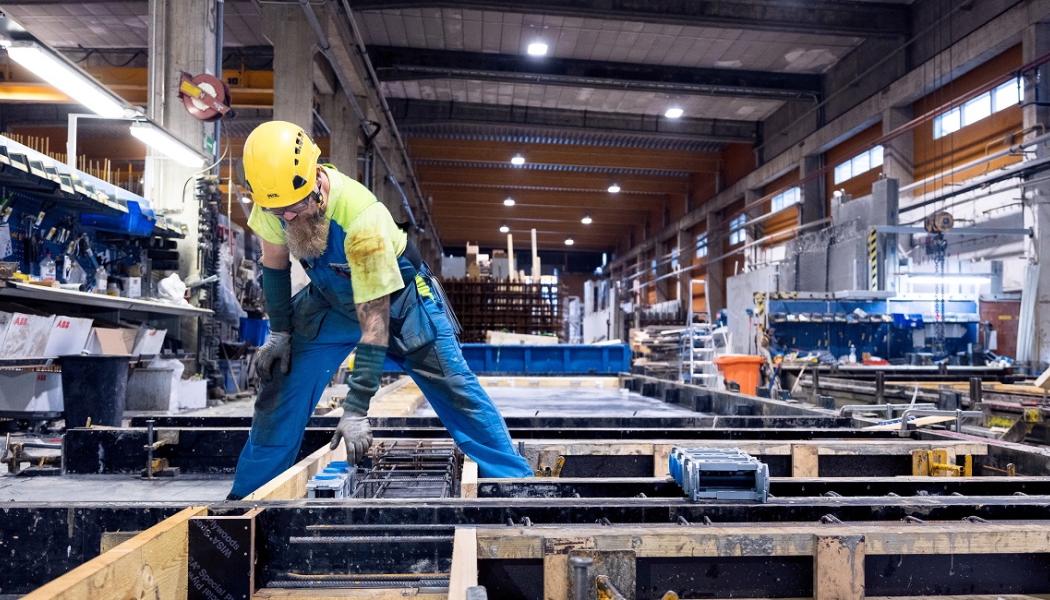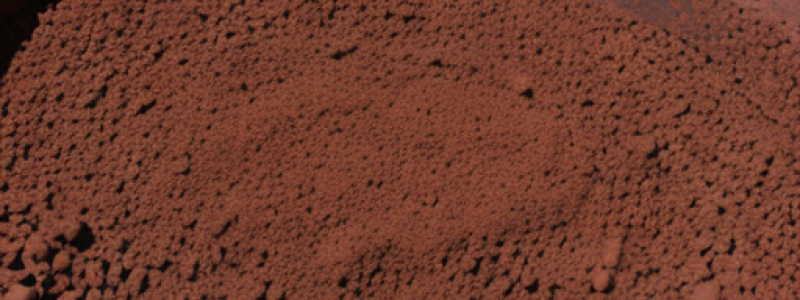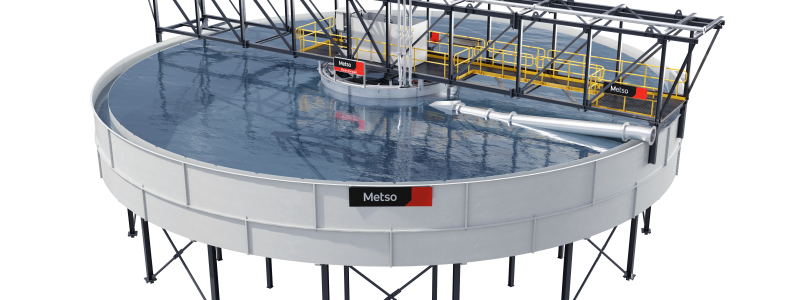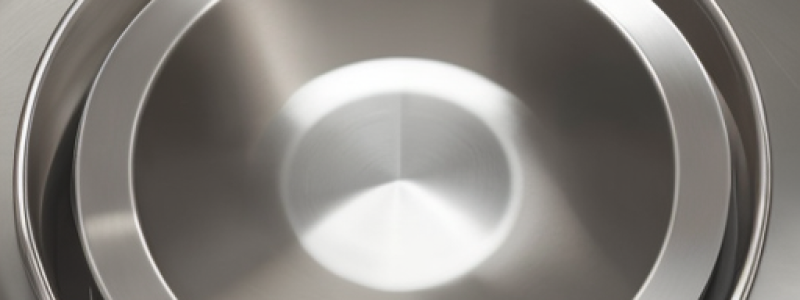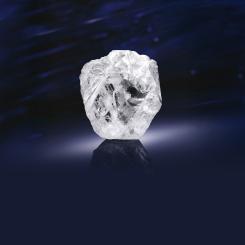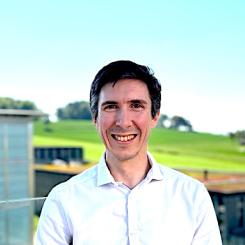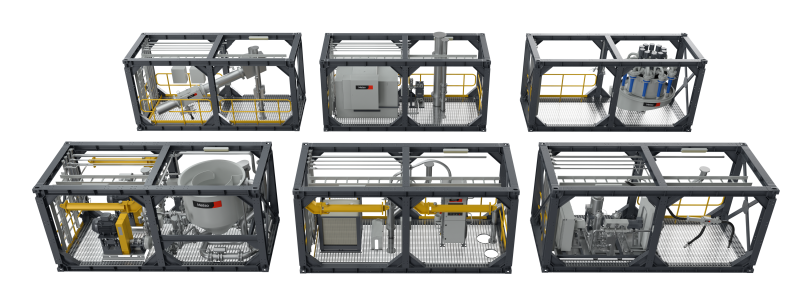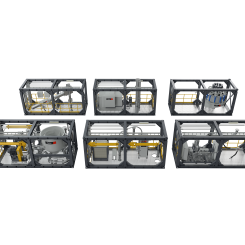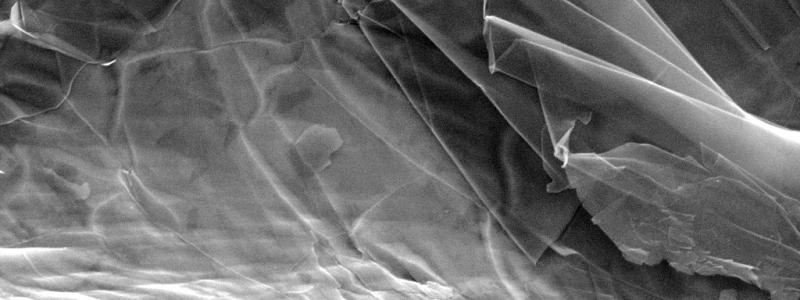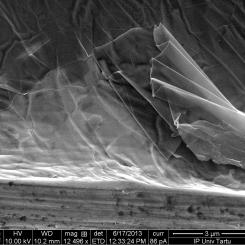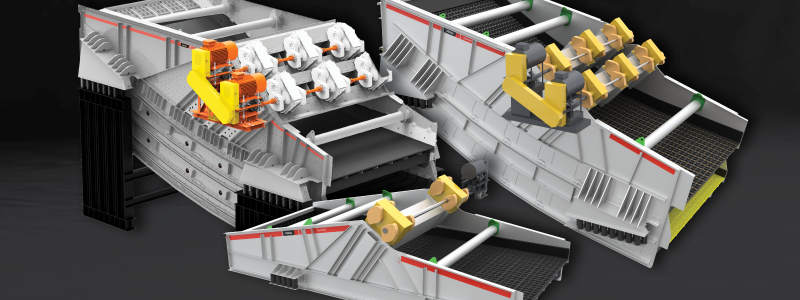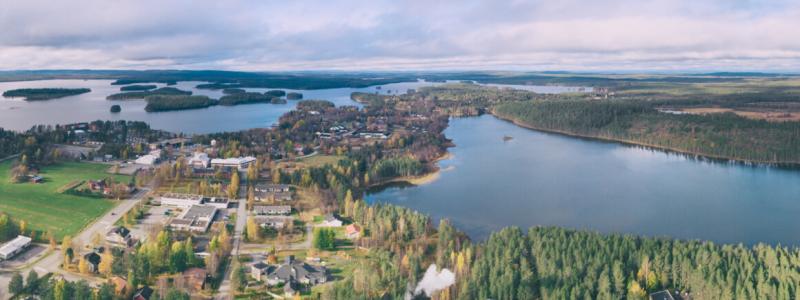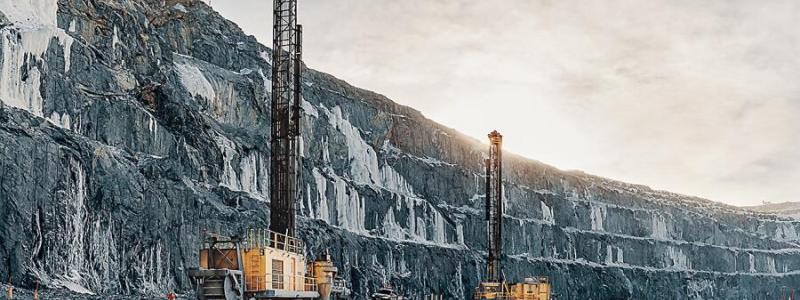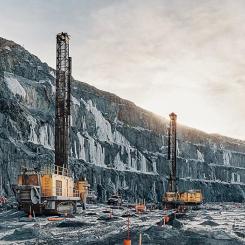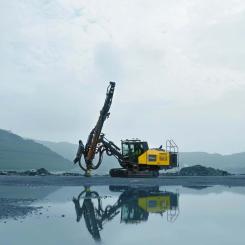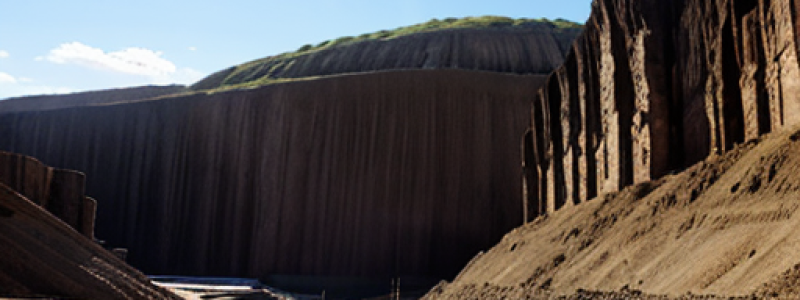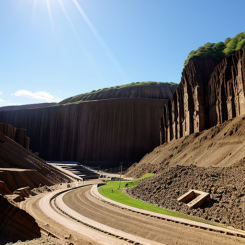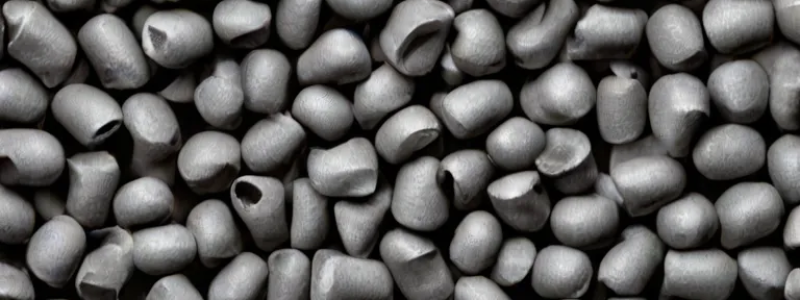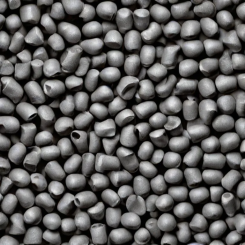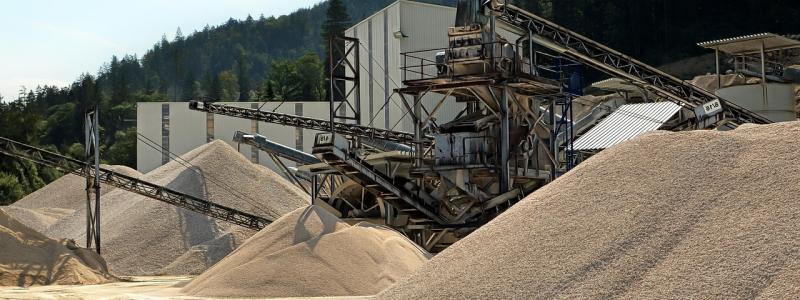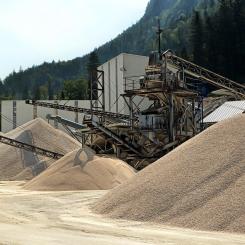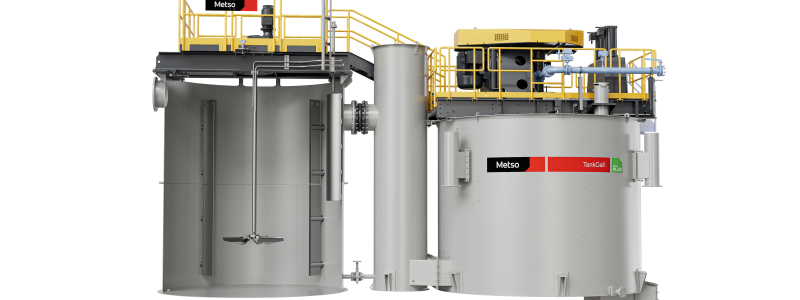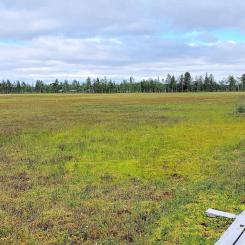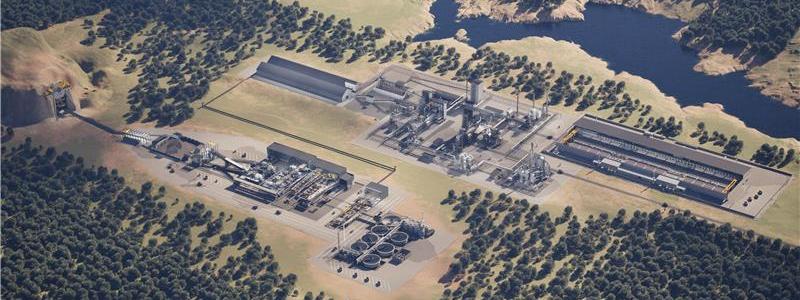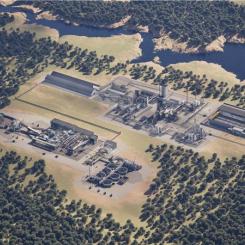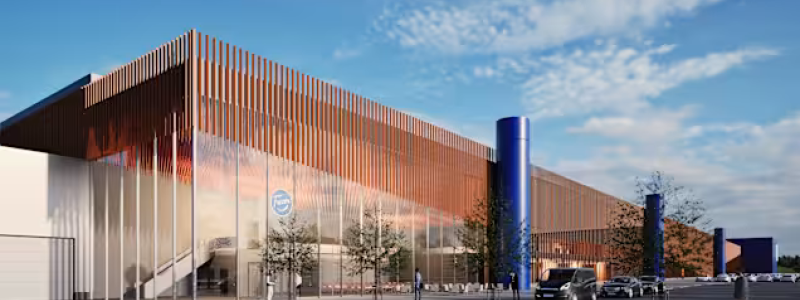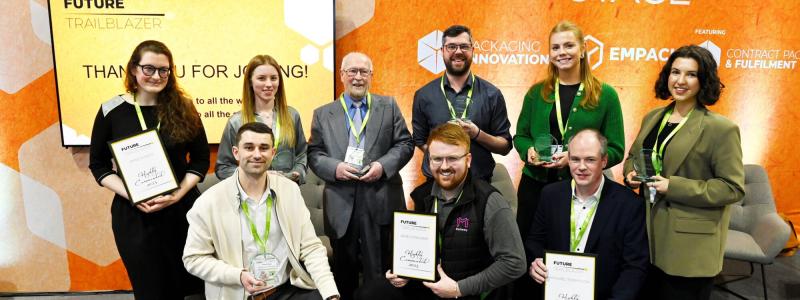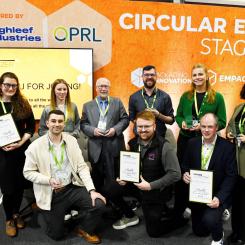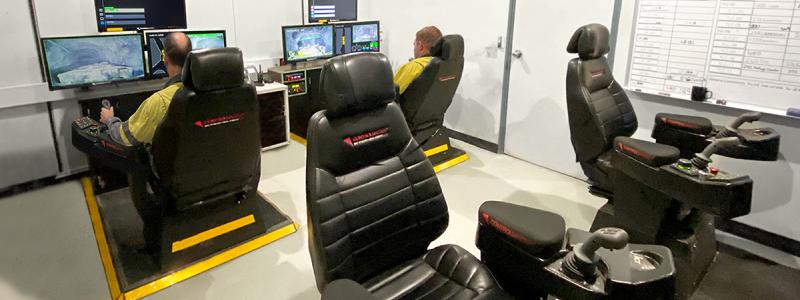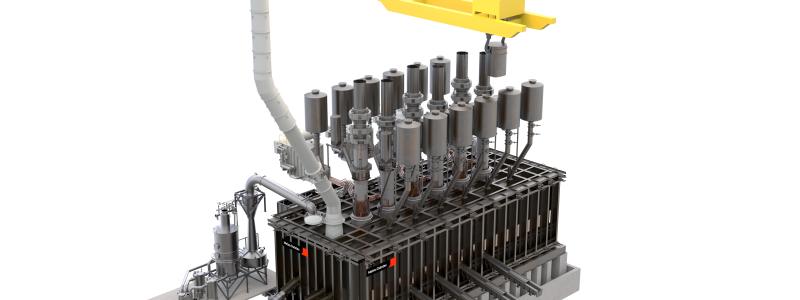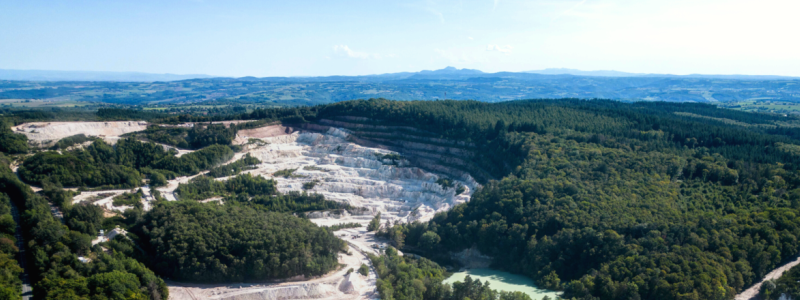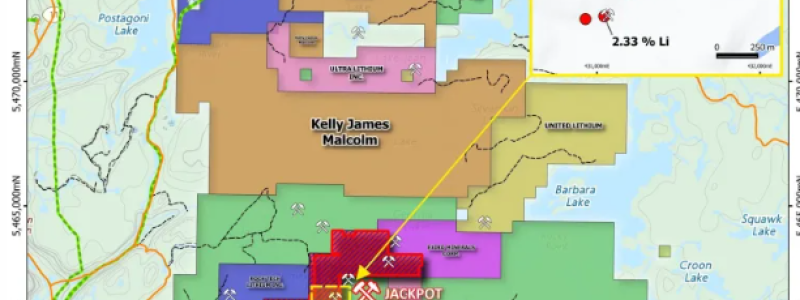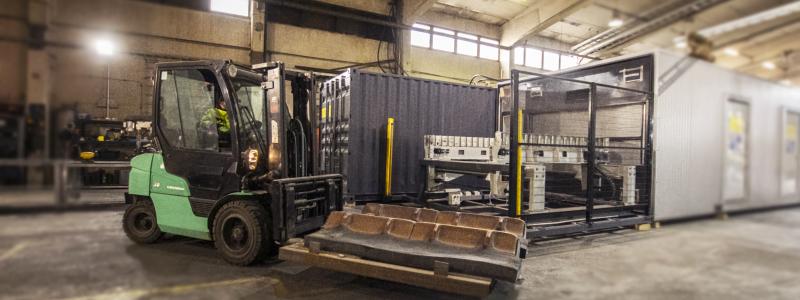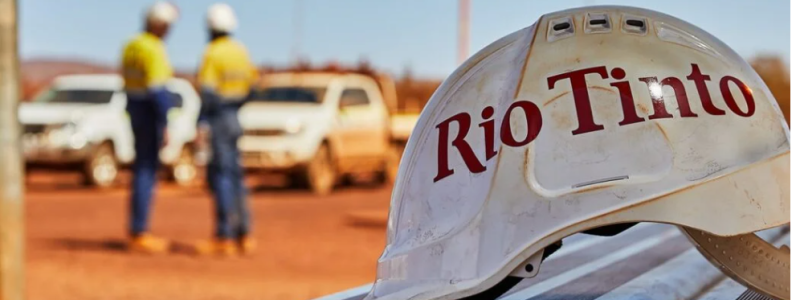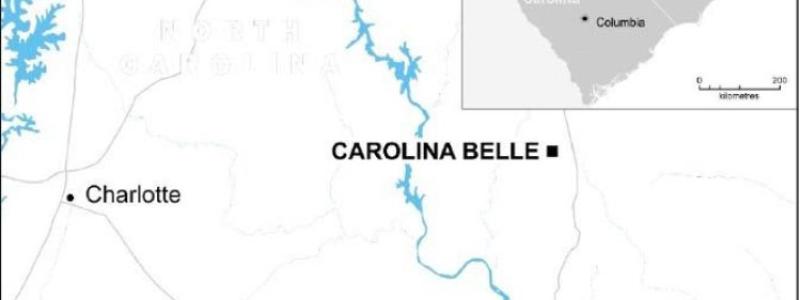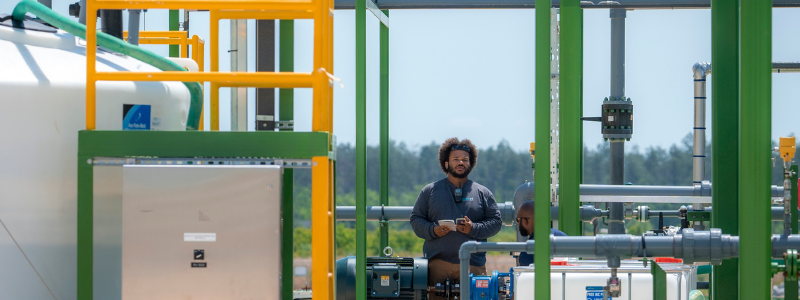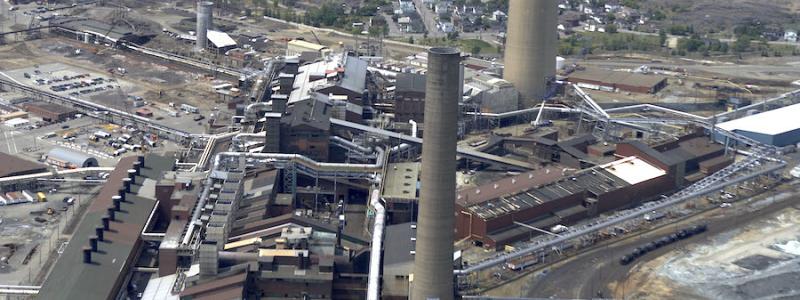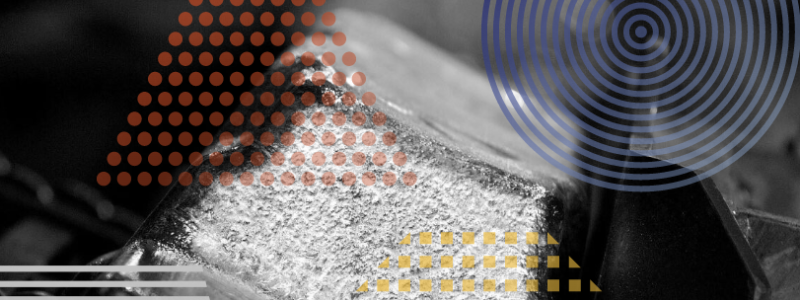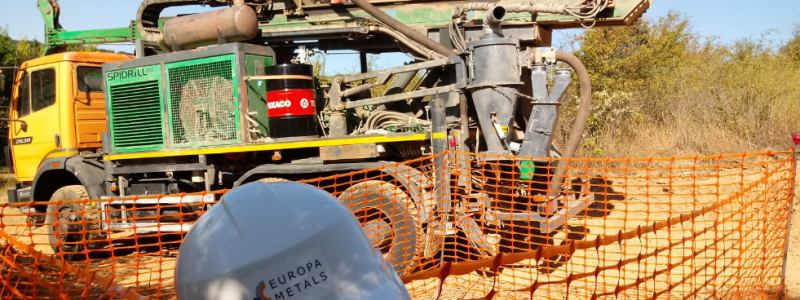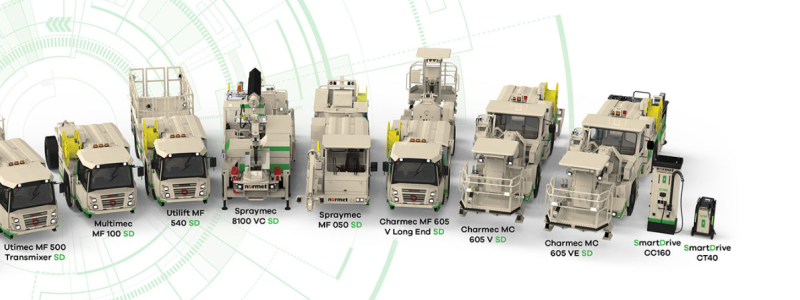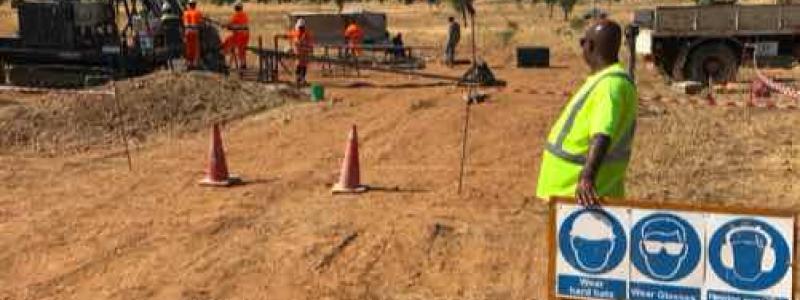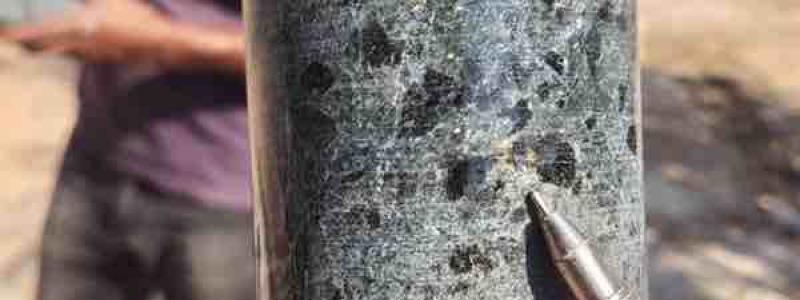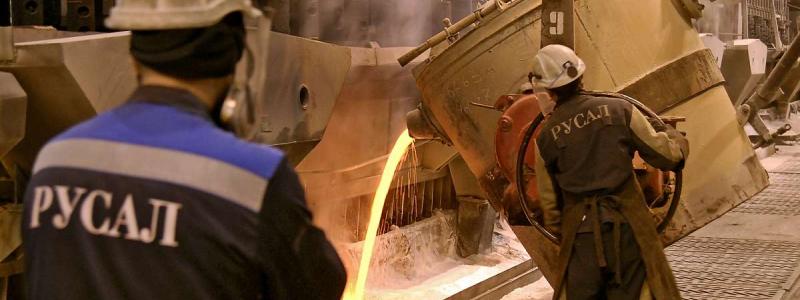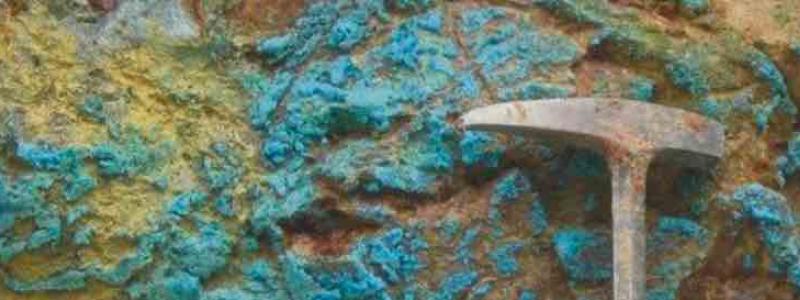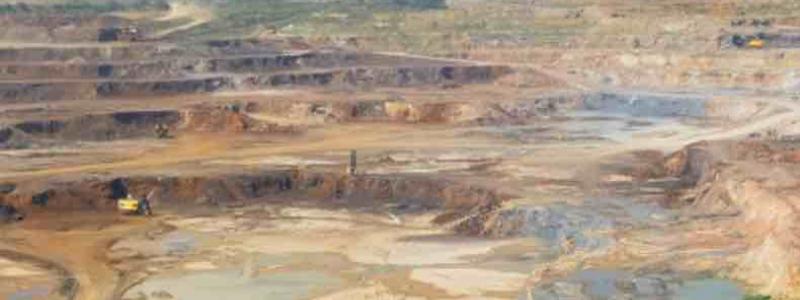– We have developed a method that addresses two major industrial challenges: the recovery of strategically important metals and the reduction of carbon dioxide emissions – says Tuija Kalpala, CEO of the Finnish material technology company Betolar.
The company has unveiled a new process that allows both the extraction of valuable metals from waste streams and the production of low-emission, cement-free binder materials – so-called green cement. The method utilises industrial side streams such as mining tailings and slag from the metal industry, offering a combined solution for material recovery and sustainable construction.
The process enables highly efficient metal separation from previously unused materials. What remains after extraction is transformed into a low-carbon binder within the same system, resulting in two valuable products from a single input stream.
– This is the result of long-term research and development. Our goal from the beginning was to develop our own low-carbon binder to replace conventional cement – and now we’ve achieved that, Kalpala explains.
To protect the new innovation, Betolar has submitted seven new patent applications in addition to its existing portfolio, to secure international intellectual property rights.
Mining and metal industry waste gains new value
The mining sector generates tens of billions of tonnes of tailings every year, both from active operations and abandoned sites. These materials pose significant environmental risks, as harmful substances can leach into soil and water. However, they also contain high concentrations of untapped critical and strategic raw materials such as lithium, cobalt and nickel.
At the same time, the global metal industry produces an estimated four to five hundred million tonnes of slag annually, much of it still containing residual metals. Betolar’s method makes it possible to utilise these materials in a resource-efficient way.
Unlike conventional approaches, the Betolar process is designed as a circular system. Once metals are separated, the remaining slag is used to produce Geoprime – Betolar’s proprietary low-carbon binder that serves as an alternative to cement.
– Slag alone could cover approximately ten per cent of the global annual demand for binders. That alone would result in about a one per cent reduction in global carbon dioxide emissions, says Kalpala.
She adds that the potential in mining tailings is even greater. By tapping into these existing waste streams, the method helps reduce the need for virgin raw materials and supports greater self-sufficiency in the European Union’s raw material supply.
Combining climate action with resource resilience
Betolar’s process creates added value on multiple fronts. It provides an alternative to traditional cement in concrete production, while also improving access to critical raw materials essential to the energy transition. This makes it highly relevant for industries such as construction, mining and steelmaking.
The company also sees strong commercial potential, particularly among the roughly one thousand steel plants worldwide. The value of metals recoverable from their slags is significant. Crucially, these materials can be accessed without building new mines, which are costly, slow to develop, and often come with heavy environmental impacts.
– Many companies in the cement sector are focused on reducing emissions through carbon capture, says Kalpala – but our solution goes further. It prevents emissions in the first place and reduces the need to extract new raw materials.
Green cement, which also qualifies as a circular economy product, could offer a long-term competitive edge in a growing market. In addition to product sales, the metal extraction method itself may become a source of licensing revenue.
From waste to resource: a dual-purpose innovation
To optimise its materials and production processes, Betolar uses artificial intelligence and advanced digital tools. The company’s flagship product, Geoprime, has already been used in collaboration with firms like JA-KO Betoni to develop lower-emission concrete products.
– This is more than a technical breakthrough. It’s a step toward scalable industrial solutions that reduce environmental impact and promote material self-reliance, concludes Kalpala.
Source: Betolar


